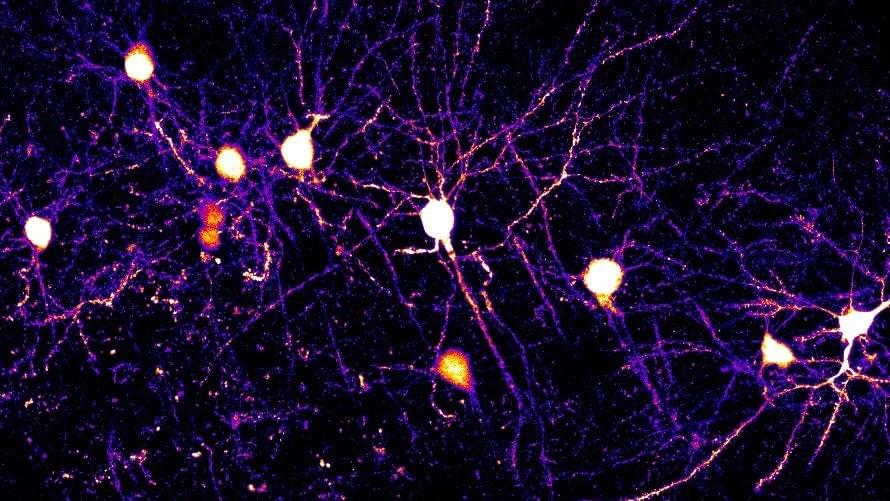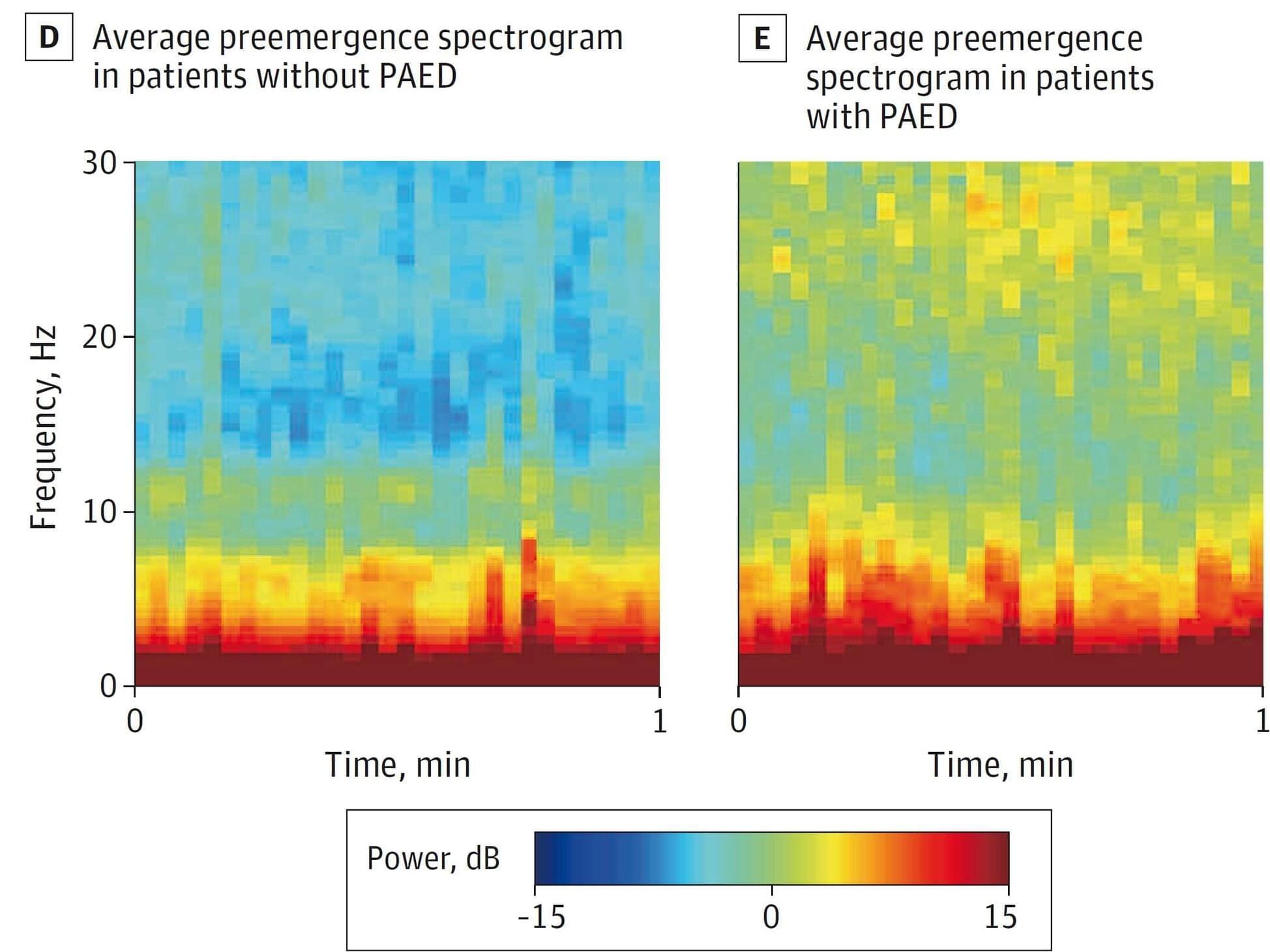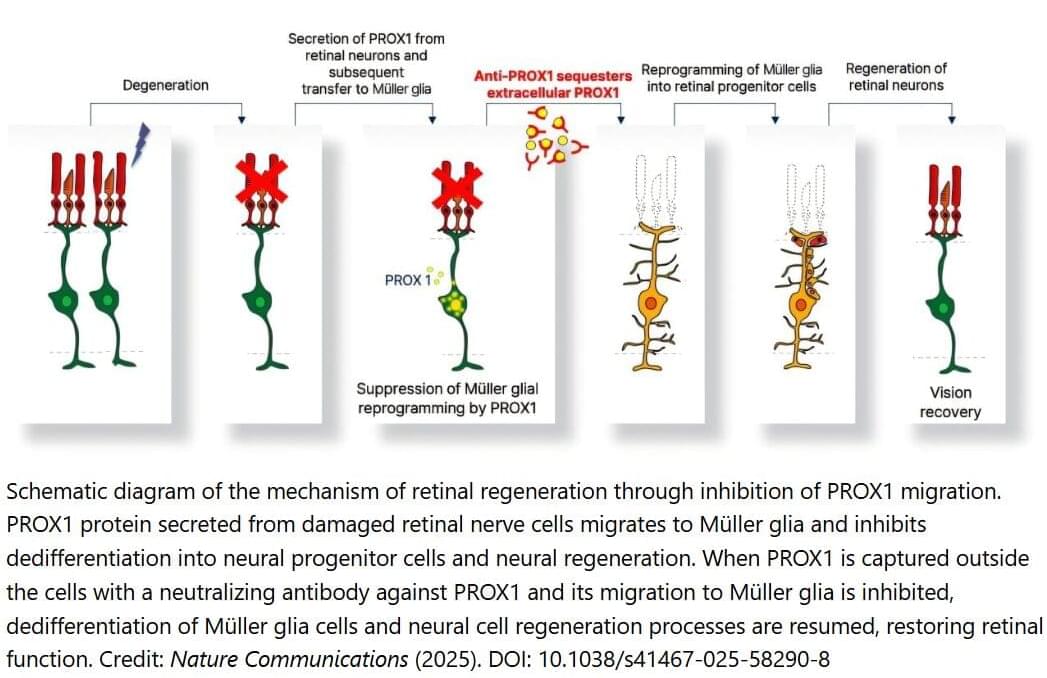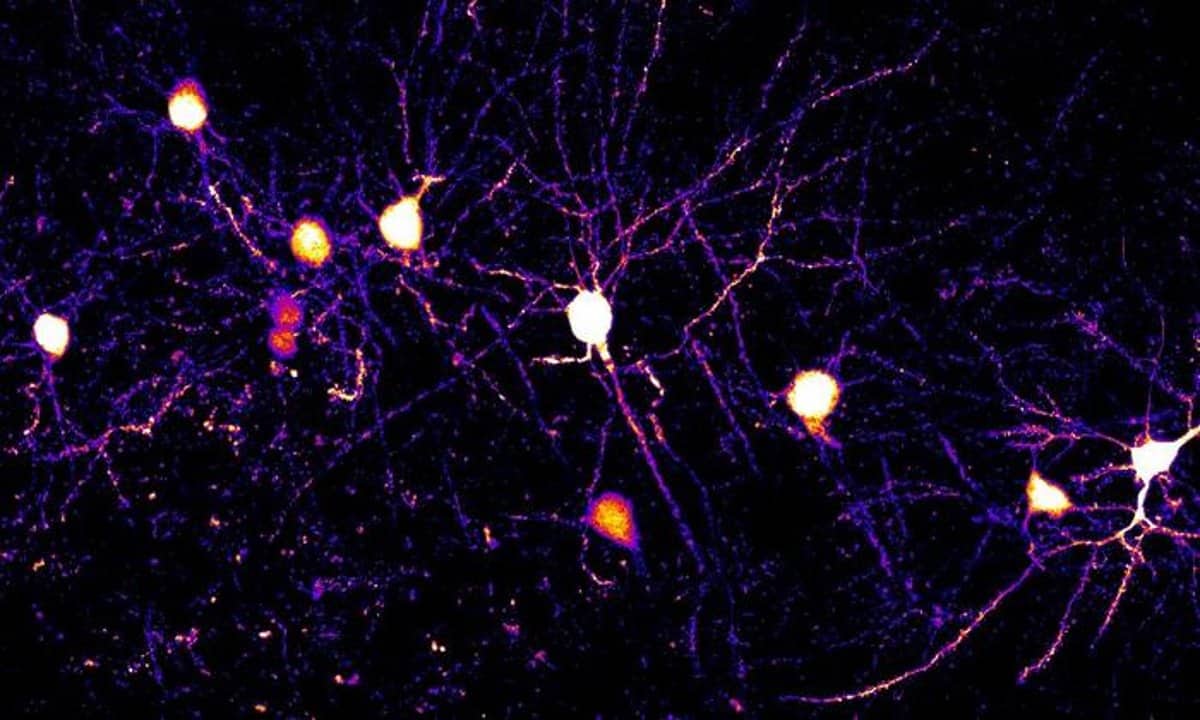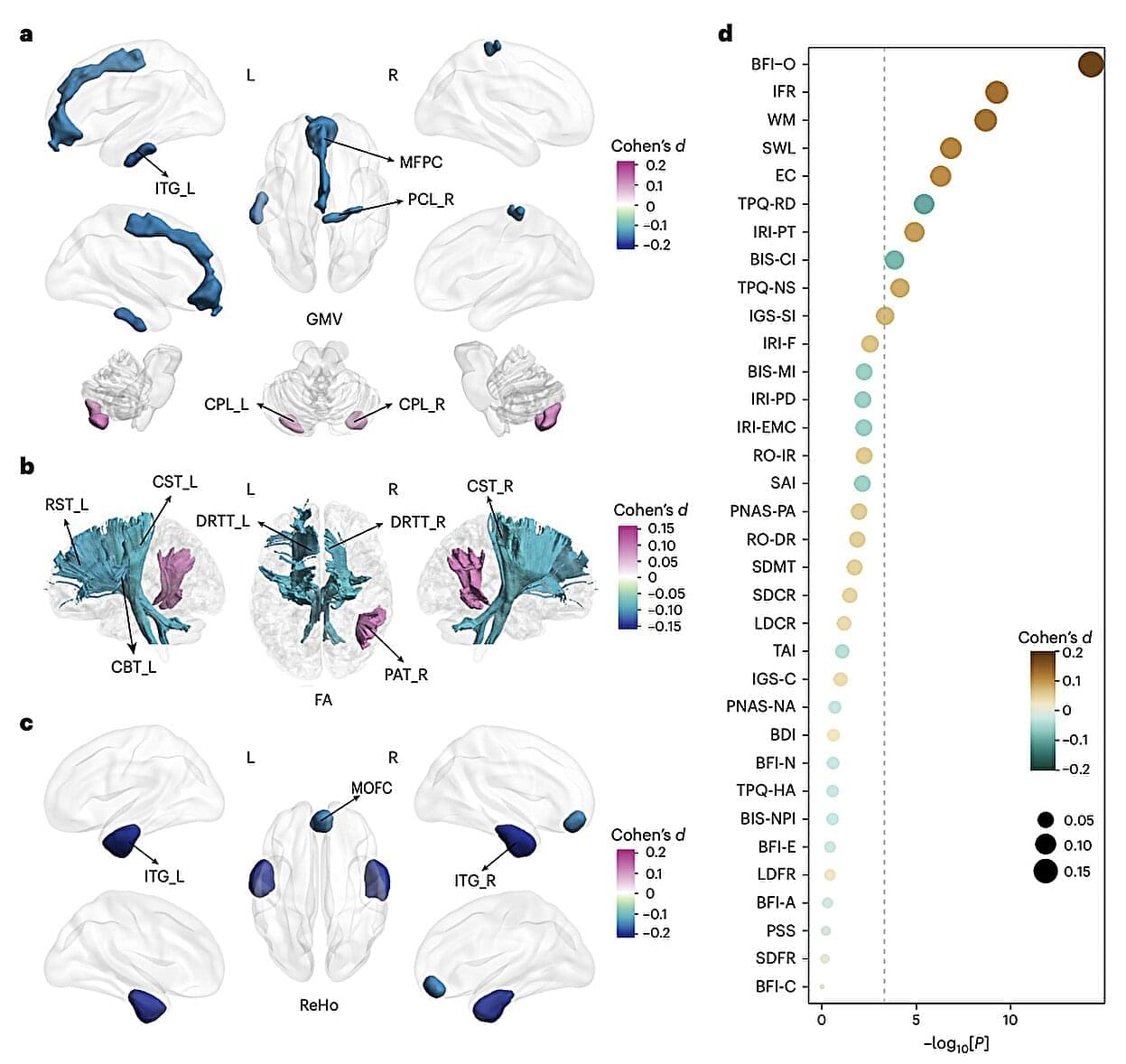A new study from Columbia University Mailman School of Public Health and the Columbia Butler Aging Center suggests that risk factors and biomarkers related to Alzheimer’s disease are associated with cognition much earlier in life than previously recognized. The study highlights significant associations between cognition and Alzheimer’s disease risk factors as young as ages 24 to 44 and underscores the importance of early prevention.
This is the first study to systematically examine Alzheimer’s disease risk factors, including biomarkers related to cognitive impairment in a large group of generally healthy middle-aged individuals in the U.S. The findings are published in The Lancet-Regional Health Americas.
“Previously, research on Alzheimer’s disease risk factors has focused on individuals aged 50 and older,” said Allison Aiello, Ph.D., James S. Jackson Healthy Longevity Professor of Epidemiology in the Butler Aging Center and Columbia Mailman School. “The potential impact of our findings is substantial, offering clinicians and health researchers a clearer understanding of the early emergence of Alzheimer’s disease risk factors and their association with cognition before middle age.


